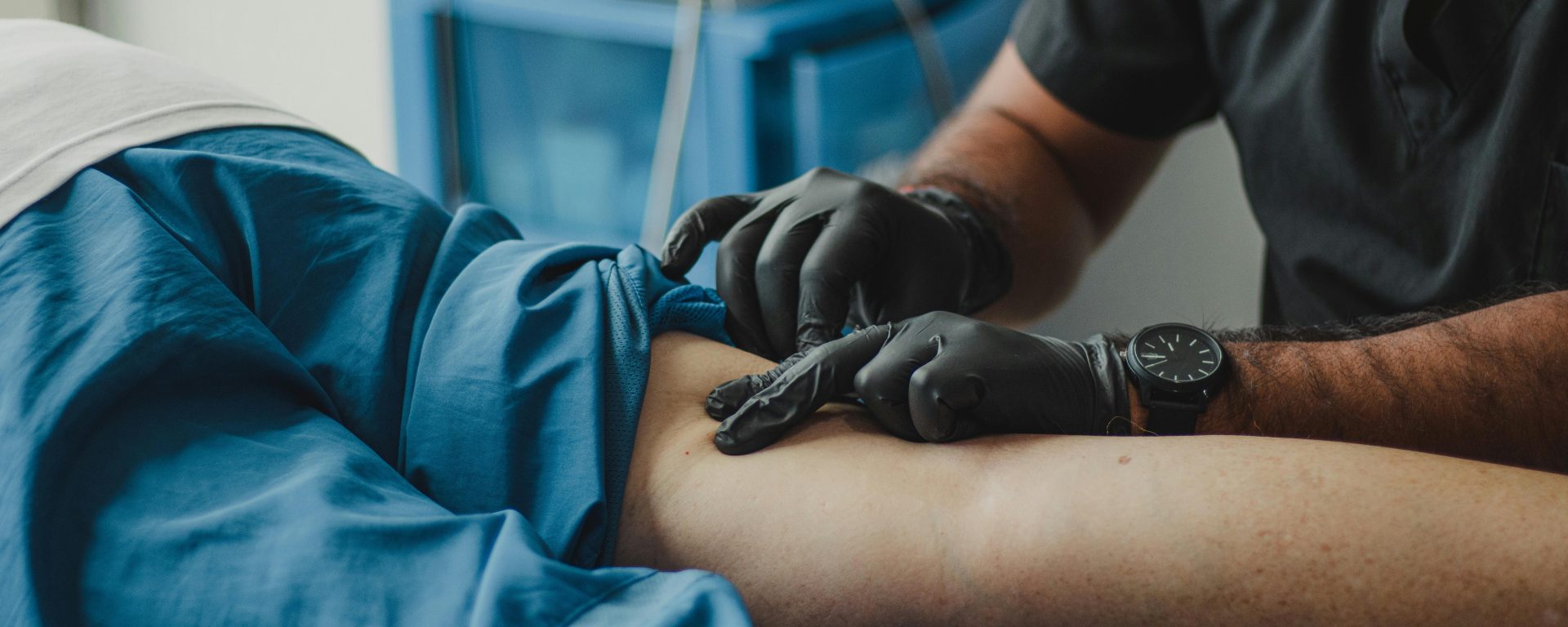In 2004, a prospective randomized study conducted by Marc A. Sherry, et. al., the effectiveness of two distinct rehabilitation programs for acute hamstring strains was rigorously evaluated. The study aimed to assess the time required for athletes to return to sports and the incidence of reinjury within the first two weeks and over the course of one year following their return to sport. Additionally, the relationship between functional testing performance and both return to sports and reinjury rates was investigated.
Hamstring muscle strains are prevalent in athletic endeavors and are associated with chronic pain, recurrent strains, and diminished sports performance. Despite their frequency, current rehabilitation approaches are largely based on anecdotal evidence and lack robust support from prospective, randomized research.
Twenty-four athletes with acute hamstring strains were randomly allocated to one of two rehabilitation groups. Eleven athletes underwent a protocol involving static stretching, isolated progressive hamstring resistance exercise, and icing (referred to as the STST group). Thirteen athletes were enrolled in a program comprising progressive agility and trunk stabilization exercises along with icing (designated as the PATS group). Various parameters including days to full return to sports, incidence of reinjury within two weeks and one year post-return to sports, and lower-extremity functional evaluations were recorded for comparison between the two groups.
The average time to return to sports for the STST group was 37.4 ± 27.6 days, whereas it was 22.2 ± 8.3 days for the PATS group, although this disparity was not statistically significant (P = .2455). Notably, within the initial two weeks post-return to sports, the reinjury rate was significantly higher (P = .00343, Fisher’s exact test) in the STST group, with 54.5% experiencing recurrent hamstring strains compared to none in the PATS group. Furthermore, after one year, the reinjury rate remained markedly elevated in the STST group (P = .0059, Fisher’s exact test), with 70% of athletes suffering a recurrence compared to only 7.7% in the PATS group.
The findings of this study suggest that a rehabilitation program incorporating progressive agility and trunk stabilization exercises is more efficacious than a regimen focused solely on isolated hamstring stretching and strengthening in facilitating return to sports and reducing the risk of reinjury among athletes with acute hamstring strains. These results underscore the potential benefits of incorporating progressive agility and trunk stabilization protocols into hamstring strain rehabilitation and warrant further exploration through randomized clinical trials to assess their preventive efficacy in hamstring strain injuries during athletic activities.
Reference: Sherry, M. A., & Best, T. M. (2004). A comparison of 2 rehabilitation programs in the treatment of acute hamstring strains. Journal of Orthopaedic & Sports Physical Therapy, 34(3), 116-125.
